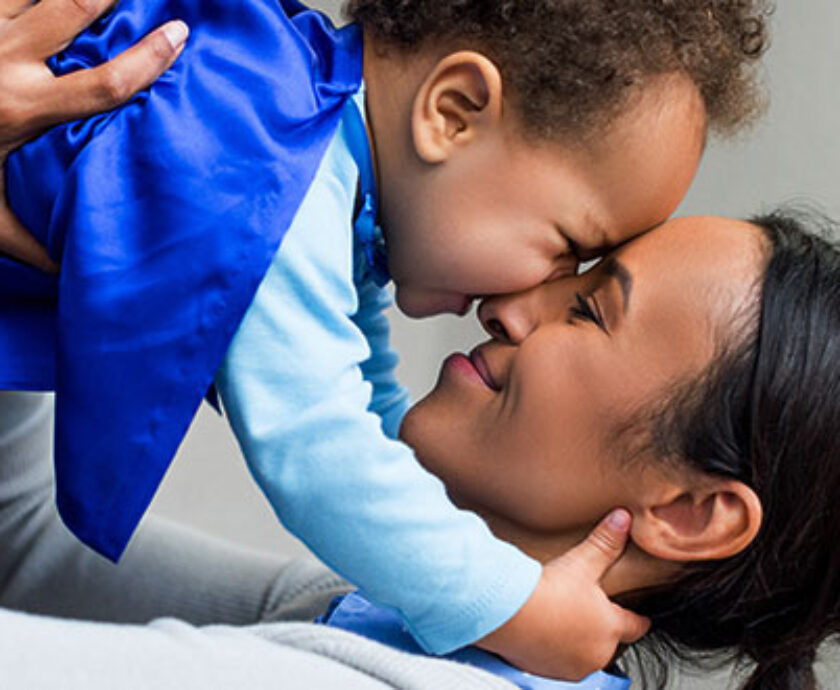Introduction
Creating an inclusive environment is essential for promoting the well-being and development of specially-abled kids. By fostering inclusivity, we can ensure that every child, regardless of their abilities, feels valued, supported, and empowered. In this blog post, we will explore practical tips that can help create an inclusive environment where specially-abled kids can thrive and reach their full potential.
Promote Awareness and Education
Raising awareness about different disabilities is crucial to fostering understanding and acceptance. Educate parents, teachers, and the community about various disabilities, their unique challenges, and the strengths of specially-abled children. Encourage open discussions, workshops, and training sessions to promote inclusivity.
Adapt Physical Spaces
Make your environment accessible to all by implementing necessary adaptations. Ensure wheelchair ramps, wide doorways, accessible restrooms, and designated parking spaces are available. Arrange furniture and equipment in a way that accommodates different mobility needs. Consider sensory-friendly spaces and quiet areas for children who may be sensitive to noise or overstimulation.
Develop Inclusive Curriculum
Work with educators to create an inclusive curriculum that caters to the diverse learning needs of specially-abled children. Provide necessary accommodations, such as assistive technologies, visual aids, and adapted learning materials. Encourage differentiated instruction and promote collaboration among students of all abilities.
Encourage Peer Support and Friendships
Facilitate opportunities for specially-abled children to interact with their peers without disabilities. Encourage inclusive play, group projects, and extracurricular activities that promote friendships and social connections. Foster an environment where empathy, acceptance, and respect are valued.
Address Bullying and Discrimination
Take a strong stance against bullying and discrimination. Establish clear policies and procedures for handling such incidents. Encourage open communication channels where children feel safe reporting any instances of bullying. Implement awareness campaigns that emphasize kindness, empathy, and acceptance among all students.
Involve Families
Collaborate closely with families of specially-abled children to ensure their voices are heard and their needs are addressed. Keep open lines of communication, involve parents in decision-making processes, and provide resources and support to families. Regularly seek feedback and actively work together to create an inclusive environment.
Train and Support Staff
Provide ongoing training and professional development opportunities for teachers, support staff, and volunteers. Equip them with the knowledge and skills needed to effectively support and engage with specially-abled children. Foster a culture of inclusivity within the school or organization by recognizing and celebrating staff efforts.
Celebrate Differences and Achievements
Promote a culture of acceptance and celebrate the unique abilities and achievements of all children. Organize events and activities that highlight diversity, such as cultural celebrations or talent shows. Recognize and appreciate the progress and accomplishments of specially-abled children, fostering a sense of pride and self-confidence.
Conclusion
Creating an inclusive environment for specially-abled children requires a collective effort from parents, educators, communities, and organizations. By promoting awareness, adapting physical spaces, developing inclusive curricula, fostering peer support, addressing bullying and discrimination, involving families, training staff, and celebrating differences, we can nurture an environment that supports the growth, development, and happiness of every child, regardless of their abilities. Together, let’s build a world where every child feels included, valued, and empowered to reach their full potential.




